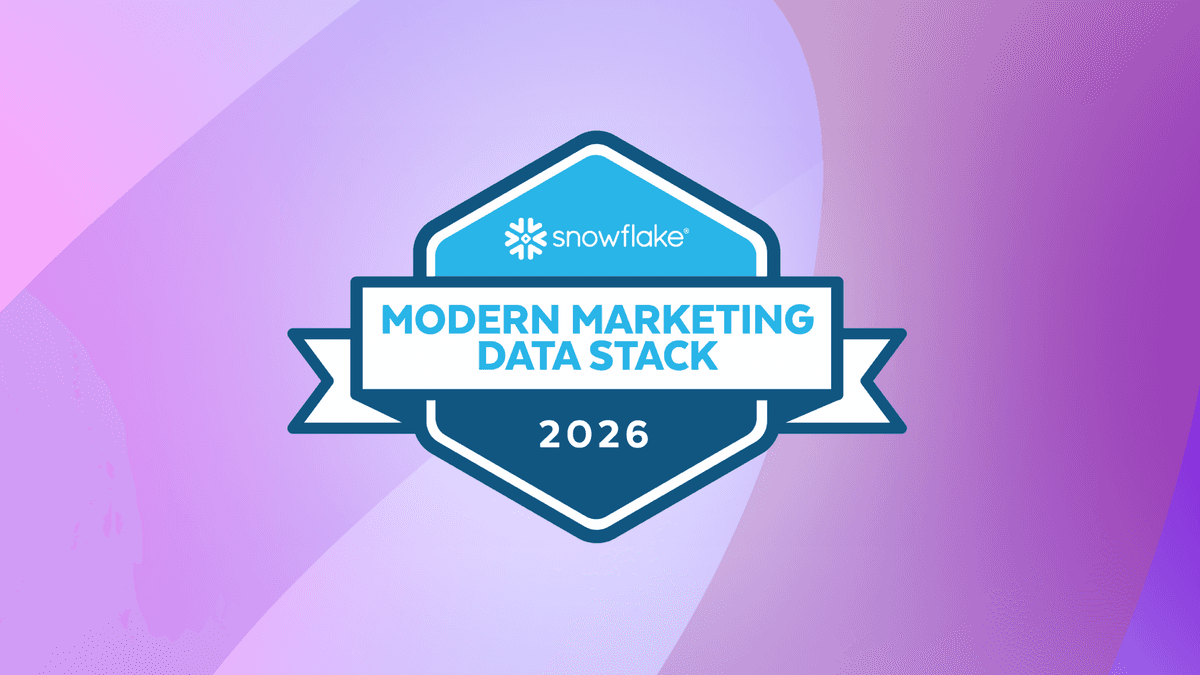Mastering IP Warming, the Grubhub Way
Published on February 27, 2020/Last edited on February 27, 2020/8 min read

Published on February 27, 2020/Last edited on February 27, 2020/8 min read


As customer engagement touchpoints increasingly move online and the competition gets fiercer for mobile-first companies and enterprises alike, it’s more important than ever for brands to break through the noise and bolster customer loyalty by delivering relevant, meaningful experiences to consumers. For that reason, we’re seeing more and more companies take steps to create personalized, cross-channel experiences that reach consumers on the messaging channels they prefer.
Email, the original digital messaging channel, is still a key part of this story. But for your emails to even reach your customers’ inboxes, your team needs to ensure it’s up to speed on key email deliverability best practices. One of the most important of those best practices? IP warming—that is, sending small amounts of email and incrementally increasing send volumes to eventually reach your whole audience without spooking the internet service providers (ISPs) who determine your brand’s email reputation.
To help you better understand how IP warming works and what a successful warming program can look like, we sat down with Christine Hill, CRM & Email Marketer at Grubhub. Hill, a veteran of numerous warming programs, shared her best practices and advice for setting yourself up for success with IP warming and migrations. Let’s dive in!
Tip #1: Plan, Plan, Plan
It can be tempting for marketers to jump right into the IP warming process—after all, the sooner you start warming, the sooner you can send messages to your entire email list. But brands tend to see the best results when they take the time to put together a thoughtful plan for warming that accounts for possible bumps along the way.
If you rush to meet a self-imposed deadline, it’s more likely that you won’t have a successful warming and will find yourself having to start again from zero. And if something does end up going wrong during the warming process, it’s generally easier to find a solution if you’ve anticipated the issue and built yourself a solid foundation.
According to Hill, she learned from her first farming that you should always start with a small group of your most engaged subscribers, and then gradually increase. By sending to your most engaged first, you demonstrate to ISPs that the people you’re sending to are genuinely interested in receiving the messages you send, bolstering your email reputation.
Tip #2: Clean Your List
Email list hygiene is key. By taking steps to get rid of fake or out-of-date email addresses, you can ensure that your brand is only sending emails to real people who are really interested in hearing from you. To make it happen, consider validating emails at sign-up, instituting a double opt-in process, and taking advantage of an email list cleaning service that can run a script over the list and verify that the email addresses have correct syntax and spelling. (Goodbye to all those gnail.com and Yaho! email addresses!)
A lot of email marketers struggle with list hygiene, whether because they’ve made the mistake of renting and buying email lists or because they believe to believe that disengaged users will come back if they received just one more message. But if a user hasn’t opened a message from you in months or years, the odds are that they’re no longer using that email address—and sending additional messages is only putting your delivery reputation at risk.
Tip #3: Monitor So You Can Respond Quickly If our Brand is Blocked by an ISP
Most ISPs maintain email blacklists intended to keep spammers and other bad actors from clogging their users’ inboxes. However, these blocks can also impact legitimate brands if they fail to follow deliverability best practices.
If your brand finds that it has been blocked by an ISP, you’ll usually need to register with that ISP and ask to be delisted. To make that happen, you need to let the ISP know that you’re a true sender and that you’re willing to prove that by taking a step back and sending emails at a lower rate until your email reputation is rehabilitated. Remember, with ISPs you’re considered guilty until proven innocent—so take their blacklists seriously!
Tip #4: Be Strategic When It Comes to Unsubscribe Link Placement
The US CAN-SPAM Act and other email legislation requires that marketing emails include an unsubscribe link, so recipients can easily opt out of messages they’re not interested in receiving. But while ensuring that you have this link in all your emails is table stakes, it’s possible to go one better by being strategic about where you put it.
According to Hill, the smart move is to put the unsubscribe link in your header—that way, users who don’t want to hear from you will likely just click the link instead of marking your email as spam. When someone unsubscribes, “they’re telling me they don’t want to receive my messages, [so] I’ll remove them,” Hill explains. “That’s better than marking me as spam, because when that happens, then the email clients have that [information] and can push you [off] from landing in their inbox.”
Migrating from one email platform to another can be a massive undertaking, one that brings with it a series of potential risks and complications. In order to carry out a migration efficiently and with minimal disruption of your marketing efforts, it’s important to go into the process with clear eyes and a realistic timeline.
For many brands, migration requires them to move email lists and data from an email platform with an expiring contract onto a new provider. If you find yourself in that situation, make sure you put your migration plan into motion well before you need to be off your original email platform—after all, mistakes happen and it’s not uncommon for migrations to take longer than anticipated. If you start early and focus on understanding what data you have and what data needs to be moved over, you can reduce the risk that you run out of time mid-migration.
That said, the ideal migration isn’t always possible. If you find yourself in a difficult situation, take a hard look at what’s possible and do what you can to minimize the negative impacts. At Grubhub, Hill once found herself with a task to migrate users over from a newly acquired business on an aggressively tight timeline. Complicating the situation, the new lists included many users who Grubhub would traditionally scrub out—that is, people who haven’t engaged with messages in some time—but she was tasked with finding the best way to reactivate as many of those recipients as possible.
At first, Hill thought there was no way she could message these users without causing Grubhub to be blacklisted by every major ISP, due to concerns about the quality of the list. According to Hill, she decided that “if I’m going to do this, I’m going to do this in the most calculated way that I can, [with] a calculated risk that ensures we can maintain deliverability” with as many inbox providers as possible.
To get there, she worked with the Braze deliverability team and identified the most engaged members of the new list’s lapsed users, a group she labeled “The Unfavorables.” Given the high volume of emails that Grubhub sends to engaged users, Hill decided to send to 10% of most engaged members of the The Unfavorables stacked against Grubhub’s most engaged recipients. Hill was able use ongoing monitoring to successfully avoid blacklisting, allowing Grubhub to take advantage of the new list without hurting their ability to reach current customers via email.
To achieve real email deliverability, it’s important for marketers to keep a watchful eye on metrics like sends, bounces, opens, and click-through rates. By sticking to a thoughtful plan and sending emails at a slow and steady rate, Hill was able to maintain Grubhub’s email deliverability even as they increased their list size.
That process was made easier by Braze. When Hill joined Grubhub, the company was using multiple email platforms to send messages—and because none of those systems could communicate effectively with each other, getting the holistic understanding of an email program that successful deliverability depends on was difficult at best. Braze opened the door for Grubhub, allowing them to centralize their email program, bolster their deliverability efforts, and embrace a truly personalized, cross-channel experience.
To learn more about how Braze can support smart, relevant email messaging experiences, check out our Email Product Page.





